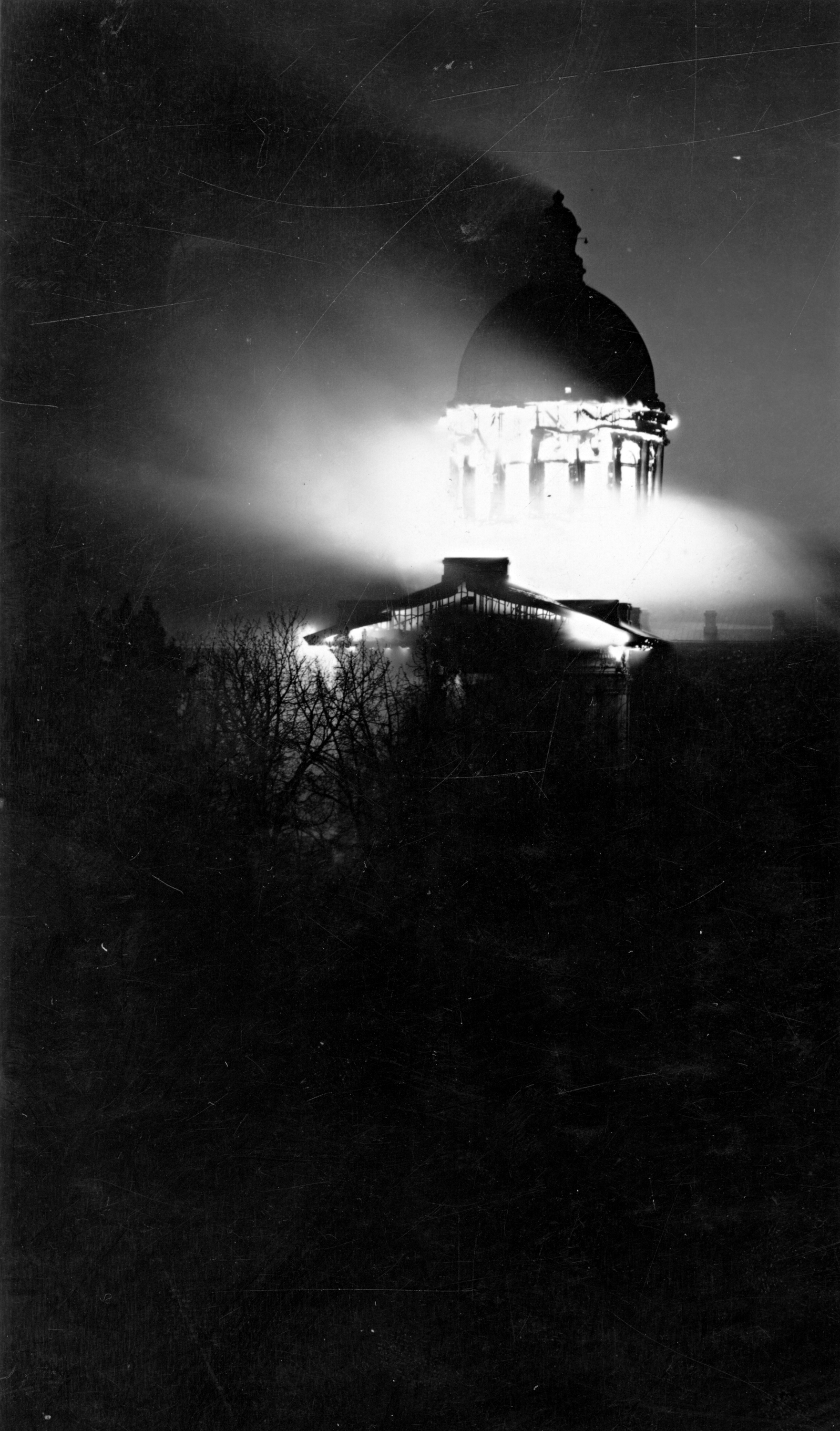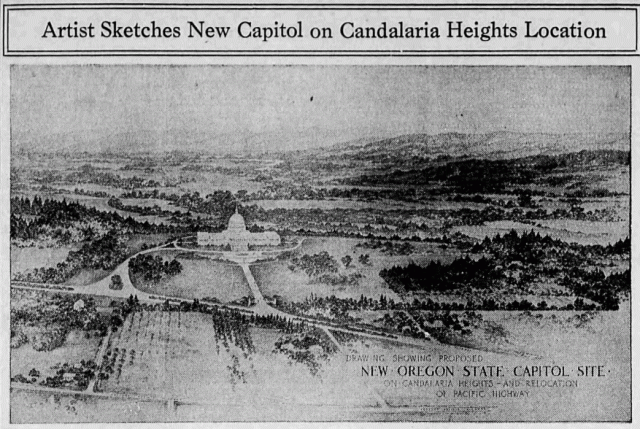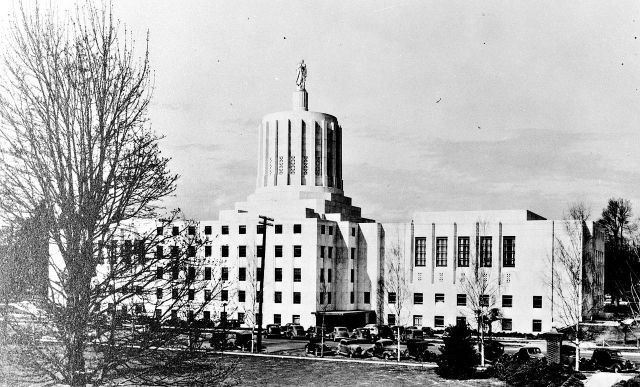Salem almost wasn’t a capital city at all. In fact, it was only after much political debate, some suspected subterfuge, and a few funding loopholes that Salem was selected as the seat of Oregon government. Read below and make sure to watch the video for more information about this historic building!

When the provisional government was created in 1843, the capital was Oregon City. In 1852, the provisional government moved the capital to Salem. However, the controversy over Oregon’s capital was just beginning. In 1853, construction on many state buildings was underway, including a new state capital building. Even with the building under construction, the state government removed to Marysville (present day Corvallis) that same year in an effort led in part by then Territorial Governor John Pollard Gaines. Nevertheless, due to a funding requirement by the federal government, Salem was finally selected as the seat of government and the territorial governor and congress returned to Salem for good in 1855.

Unfortunately, the brand-new Greek-temple styled capitol building burned on December 29, 1855 after scarcely a month of use. There was talk of arson in order to bring up the capital question again, but the suspicions were never confirmed and the capital firmly settled in Salem nonetheless. Oregon achieved statehood in 1859 but wouldn’t have a usable capital building until 1872. In the meantime, government officials met in various rented spaces along Commercial and Ferry Streets. The new classical-styled building was completed by 1876 and received its distinguishing dome in 1893. Though, as current residents know, this statehouse would only serve Oregonians for sixty-three years before another fire would again claim Oregon’s governmental center. On April 25, 1935 a fire started in the basement storage. The fire spread quickly and it was only a matter of hours before almost the whole building was engulfed in flames.
Following the fire, legislators discussed moving the site of the capitol building to a different location in Salem to better accommodate their increasing need for space. The options were Willamette University’s campus just south of the current location (displacing the campus to what is now Bush Park), moving to south Salem on Candalaria Hill, or moving north and in the process bulldozing or removing some of Salem’s largest homes and their mostly wealthy home owners. Interestingly, since a lot of the initial planning and public sentiment favored the Willamette University site, the committee decided to claim the residential blocks just north of the current location and old made way for new starting in 1936.

Completed in 1938, this capitol building is one of the most unique capitols in the country. Built in the modernistic style with many straight lines and a flat-topped dome, the new building represented Salem’s desire to be a modern city on the still somewhat “wild” west coast. The white marble and, of course, the golden pioneer have defined the look of Oregon’s capitol city for well over seventy years now.

Sources:
- Salem Online History, “Oregon State Capitol and Capitol Mall”
- Oregon Encyclopedia, “Oregon State Capitol building of 1876”
- Pine, Kylie. “Why is the City of Salem Oregon’s Capital?” Willamette Heritage Center Archives. November 14th, 2016.
